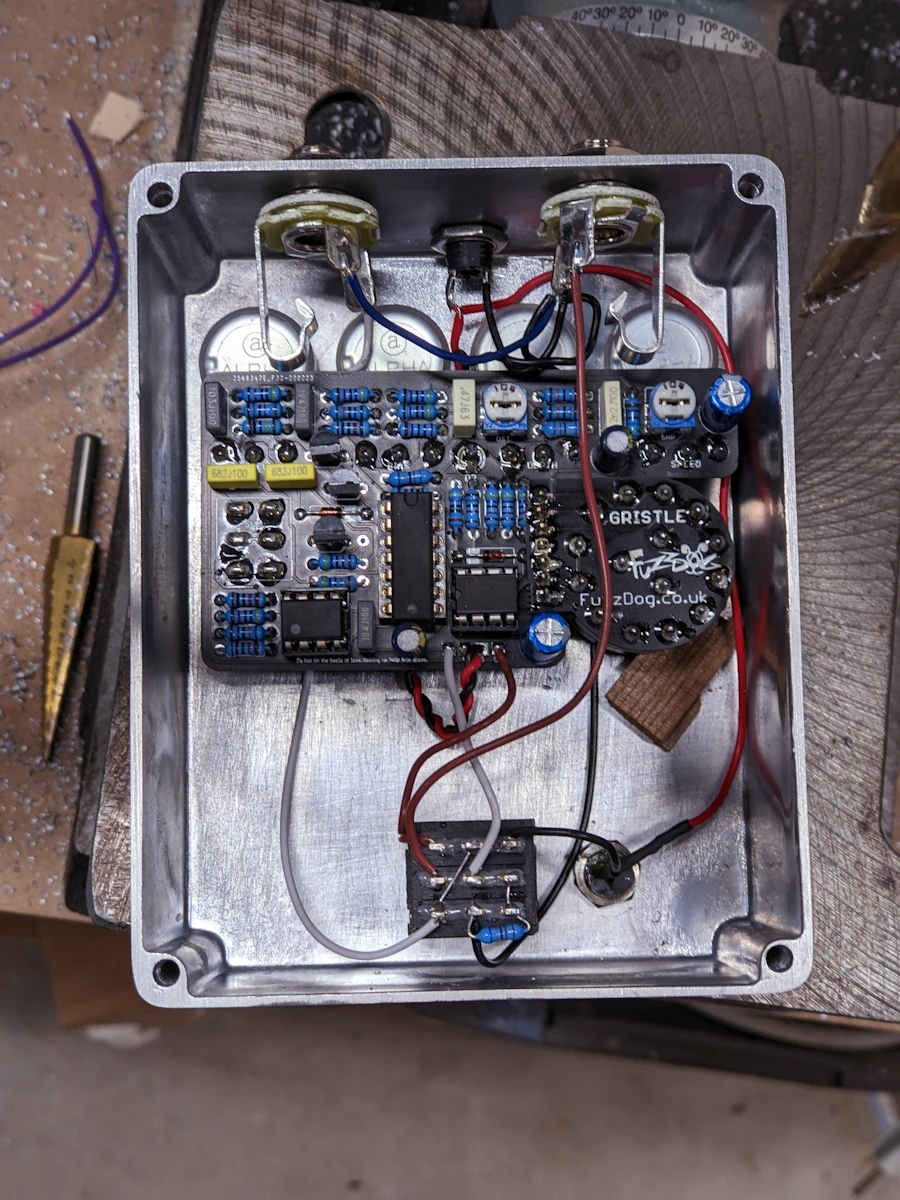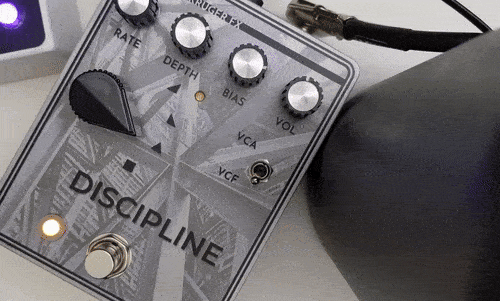

We need some discipline in here
Sir Nicholas Hardwick Fairbairn, the MP for Kinross and Western Perthshire, called the band Throbbing Gristle “wreckers of civilisation.” And you know exactly who you’re dealing with when the Z in “civilization” is too salacious of a spelling.
I’m not a Throbbing Gristle historian, and I’m not sure that they can be adequately explained in text, but my understanding is that band members Genesis P-Orridge and Cosey Fanni Tutti were in an experimental performing arts group in England in the mid-70s and formed the band when they were joined by Peter “Sleazy” Christopherson and Chris Carter. They made provocative, confrontational noises that became the foundation of the industrial genre.
Squares were shocked when Elvis started mildly wiggling on stage and squares were shocked when the Beatles were 10 days overdue for haircuts. None of that makes any visceral sense to me, given my vantage point on history. I guess the squares got over it. One thing I like about Throbbing Gristle is that their transgressive nature has firmly held up. I realize they were never anywhere near that level of popularity, and maybe it could be chalked up to their music being inherently unpleasant and not merely outside of polite societal norms, but I find it comforting that I can pull up to a stop light blasting “Discipline” today and get the same disapproval that I would have in 1981.
Details
The July 1975 issue of Practical Electronics had an article by Roy Gwinn that described how to build a guitar effect pedal that he elegantly named “Guitar Effects Pedal.” Chris Carter built a modified version of it and used it extensively during his time in Throbbing Gristle. He called his “The Gristleizer,” and Discipline is based on that. I bought a printed circuit board from FuzzDog, so any incidental engineering that I may have done was mechanical and not electrical, but I didn’t want to mess with the charge pump or rotary switch, so the PCB simplified some things for me. At least I had the decency to order it from the UK, where Gristleizers are originally from, which I’m sure adds a certain British undertone to the sound.
(As an aside, I love that Chris Carter just went by “Chris Carter” among Genesis P-Orridge, Cosey Fanni Tutti, and Sleazy. If I was ever in a band, I like to imagine that I’d be the one with the soldering iron, going by my usual name, but still able to get plenty weird on a musical level without feeling pressured to inhabit a persona of Leviticus Gruu-el or Ill Divorzio di Figaro on stage.)
The effect does a few different things. It’s got an oscillator with some [figurative] bells and whistles, including four distinct waveforms in addition to the normal speed and depth controls:
- ramp up
- ramp down
- ramp up and down (triangle)
- go up and down without a ramp (square)
The oscillator controls a JFET that can be used as part of either a voltage controlled amplifier (VCA) or voltage controlled filter (VCF). In VCA mode, it’s basically a tremolo (using the definition of “tremolo” that refers to variations in amplitude…it gets louder and quieter in rapid succession). It will do some things that a BOSS TR-2 won’t though, because of the unusual waveform options in the LFO and the fact that the rate goes so high that it starts to sound almost like a ring mod. In VCF mode, instead of using the oscillator to control the volume, it controls a band-pass filter, which provides a filter sweep somewhat like a wah effect (not an autowah, where there’s an envelope filter that reacts to what the instrument is doing…more like putting a robot foot on a wah pedal and setting it to rock back and forth at a set speed).
This probably sounds complicated, and on some level it is, but it also embodies a certain 70s DIY/Radio Shack sensibility that is a little rough-around-the-edges and unpredictable, which is something that I enjoy in a pedal. Discipline (and all v2 FuzzDog Gristleizers, as far as I know) has the bias control moved to the outside of the case, and honestly don’t know how it could be used without that—there are combinations of settings that initially appear to not work, and have to be re-biased to get them to do anything. They can, of course, also be intentionally misbiased for a wider range of effect on the edge of not working correctly, but at least the option is there on an external knob without having to open the case and make adjustments to a trimmer. There are still two trimmers on the inside for shape and offset. All attempts to set them scientifically with my Little Tykes oscilloscope failed, so they are both set to “the middle.” The most difficult part of the build was getting the rotary switch to fit in the case and align with the headers, and I eventually wound up shimming it with tiny scraps of wood.
Vital Stats
Sound
It’s surprisingly Throbbing Gristly. I never deeply considered how they made their sounds, but it’s not a leap to imagine that this was often a big part of it. If it were only the VCA, I might be somewhat disappointed, but the VCF is extremely weird and fun. On some level, it feels more like a synth effect than a guitar effect, which is interesting to me because I don’t have many effects like that. I can imagine modding this to take an external control voltage (or something like that) so that it could be synced to other things.
The following sample is a whole mess, with the Discipline on everything to some extent. The repetitive things are put together in the Odin soft synth and sent through Discipline as an outboard effect. The guitar is mostly the Emomaster > Anhedonia > Discipline > Divine Smite > Sans Amp. Did I catch a Synth Stick in there?
And here are some obnoxious out-of-context noises, walking through the settings. In the moments where the effect seems to drop out and then get dialed in, that’s me adjusting the bias knob, since not all of the shapes seem to like the same bias.





